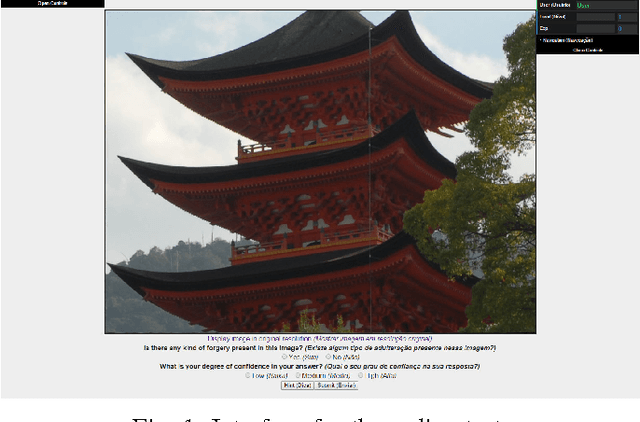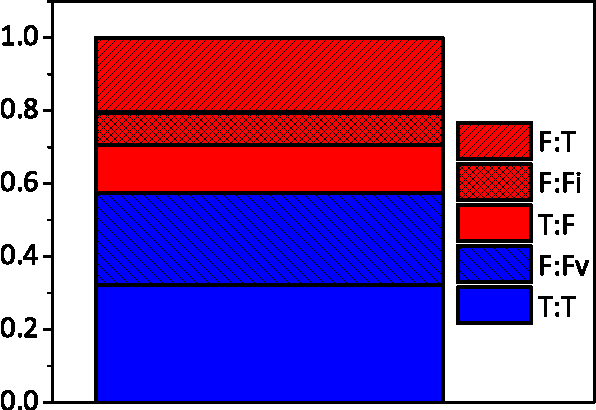Roberto da Silva
Random Telegraph Noise based True Random Number Generator for Fully Integrated Systems
Jan 13, 2023Abstract:Generating streams of true random numbers is a critical component of many embedded systems. The design of fully integrated, area and power efficient True Random Number Generators is a challenge. We propose a fully integrated, lightweight implementation, that uses the random telegraph noise (RTN) of standard MOSFET as entropy source. It is not analog-intensive, and without traditional post-processing algorithms, the generated random bit sequence passes the National Institute of Standards and Technology (NIST) tests.
Humans Are Easily Fooled by Digital Images
Sep 17, 2015



Abstract:Digital images are ubiquitous in our modern lives, with uses ranging from social media to news, and even scientific papers. For this reason, it is crucial evaluate how accurate people are when performing the task of identify doctored images. In this paper, we performed an extensive user study evaluating subjects capacity to detect fake images. After observing an image, users have been asked if it had been altered or not. If the user answered the image has been altered, he had to provide evidence in the form of a click on the image. We collected 17,208 individual answers from 383 users, using 177 images selected from public forensic databases. Different from other previously studies, our method propose different ways to avoid lucky guess when evaluating users answers. Our results indicate that people show inaccurate skills at differentiating between altered and non-altered images, with an accuracy of 58%, and only identifying the modified images 46.5% of the time. We also track user features such as age, answering time, confidence, providing deep analysis of how such variables influence on the users' performance.
 Add to Chrome
Add to Chrome Add to Firefox
Add to Firefox Add to Edge
Add to Edge